Home>Gardening & Outdoor>Outdoor Recreation & Activities>How Thick Should A Ping Pong Table Be?
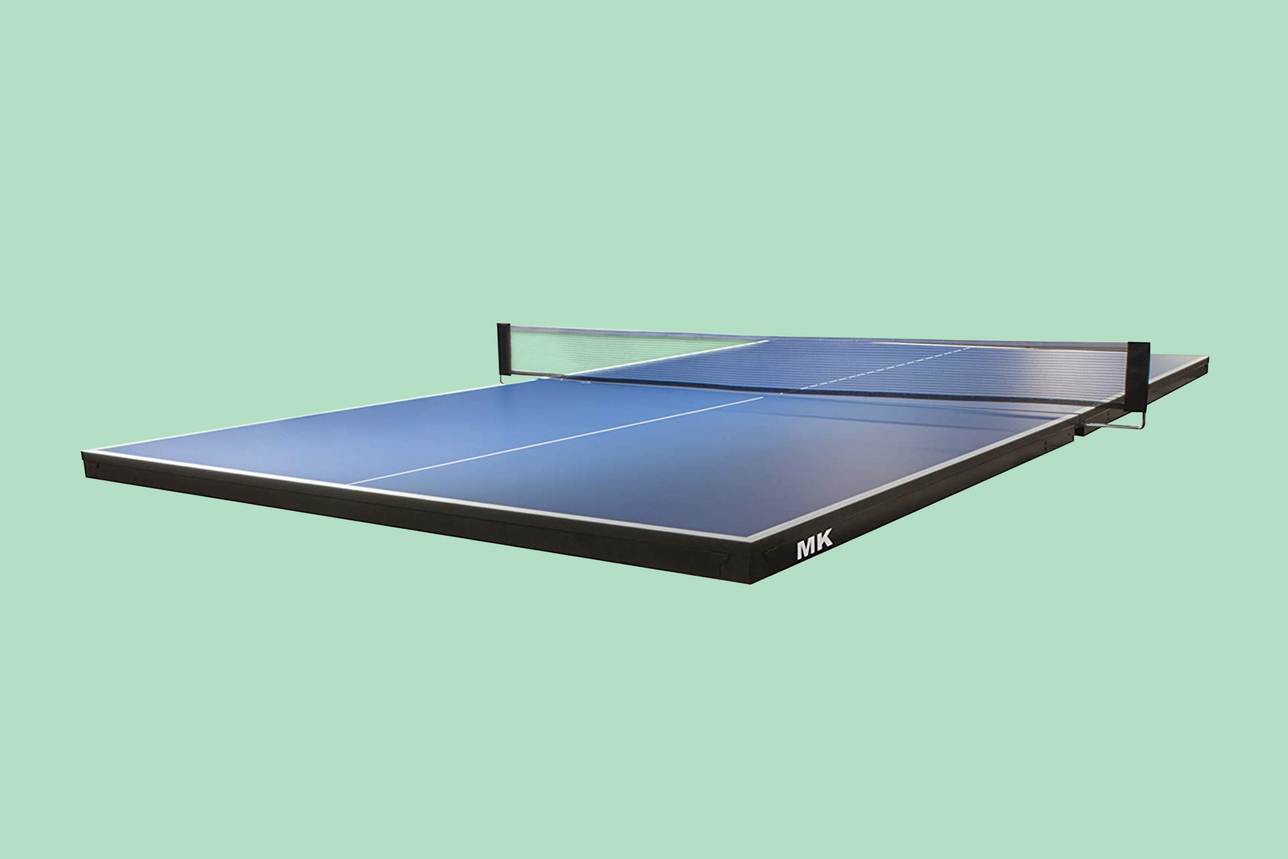

Outdoor Recreation & Activities
How Thick Should A Ping Pong Table Be?
Published: January 20, 2024
Discover the ideal thickness for a ping pong table to enhance your outdoor recreation and activities. Find the perfect balance for optimal gameplay.
(Many of the links in this article redirect to a specific reviewed product. Your purchase of these products through affiliate links helps to generate commission for Storables.com, at no extra cost. Learn more)
Introduction
So, you're thinking about getting a ping pong table. Whether it's for the rec room, the garage, or the backyard, choosing the right table can make a big difference in your playing experience. One of the key factors to consider when selecting a ping pong table is its thickness. The thickness of the table can affect the quality of play and the durability of the table itself.
In this article, we'll delve into the question, "How thick should a ping pong table be?" We'll explore the standard thickness for a ping pong table, the factors to consider when determining the ideal thickness, and why it's important to pay attention to this aspect when making your purchase. By the end, you'll have a clearer understanding of the role that table thickness plays in the game of ping pong and be better equipped to make an informed decision when selecting a table for your own enjoyment. Let's dive in!
Key Takeaways:
- The standard thickness for a high-quality ping pong table is 1 inch, providing a balanced bounce, durability, and playability for a consistent gaming experience.
- Factors to consider for ping pong table thickness include bounce, warpage resistance, durability, portability, and regulatory compliance, ensuring an optimal playing environment for all skill levels.
Read more: Where To Donate A Ping Pong Table
Standard Thickness for a Ping Pong Table
When it comes to ping pong tables, thickness matters. The standard thickness for a high-quality ping pong table is 1 inch (25 millimeters). This measurement applies to the playing surface, which is typically made of a high-density fiberboard (HDF) material. The 1-inch thickness provides an ideal balance of bounce, durability, and playability, ensuring a consistent and enjoyable gaming experience.
It’s important to note that while 1 inch is the standard thickness for most professional and tournament-grade tables, there are variations in the market. Some tables may have a slightly thinner playing surface, usually around 3/4 inch (19 millimeters), while others may be thicker, reaching up to 1.2 inches (30 millimeters). However, the 1-inch thickness remains the most widely accepted and preferred standard for competitive play.
Additionally, the frame and undercarriage of the table also contribute to its overall thickness. The frame and undercarriage provide support and stability to the playing surface, ensuring that it remains level and resilient during intense gameplay. While the thickness of the frame and undercarriage can vary among different models and brands, a sturdy and well-constructed table will typically have a combined thickness of 2.5 to 3 inches, including the playing surface.
Ultimately, the standard thickness for a ping pong table is designed to deliver optimal performance and durability, meeting the requirements of players at all skill levels. Whether you’re a casual player looking for recreational fun or a serious competitor honing your skills, a table with the standard 1-inch thickness is likely to meet your needs and provide a satisfying playing experience.
A regulation ping pong table should be 1 inch thick to provide a consistent bounce. Thicker tables may offer better durability, while thinner tables may be more portable.
Factors to Consider for Ping Pong Table Thickness
Choosing the right thickness for your ping pong table involves considering several key factors that can impact the quality of play and the overall durability of the table. Here are some important factors to keep in mind:
- Bounce and Ball Response: The thickness of the playing surface directly affects the bounce and ball response during gameplay. A thicker table provides a more consistent and reliable bounce, allowing players to anticipate and react to shots with greater precision. This is especially crucial for competitive play, where the accuracy of ball trajectory can make a significant difference in the outcome of a match.
- Warpage Resistance: Thicker tables are generally more resistant to warping and deformation over time. The added thickness contributes to the structural integrity of the table, reducing the risk of sagging or warping, particularly in varying environmental conditions. This ensures that the playing surface remains level and true, maintaining the integrity of the game.
- Durability and Longevity: A thicker playing surface is often associated with greater durability and longevity. The added thickness provides enhanced strength and resilience, reducing the likelihood of damage from impacts, heavy use, and environmental factors. This can prolong the lifespan of the table, making it a worthwhile investment for long-term enjoyment.
- Portability and Storage: While thickness contributes to stability and performance, it also affects the portability and storage convenience of the table. Thicker tables tend to be heavier, which can make them more challenging to move and store, especially for individuals with limited space or mobility. Considering the intended location and frequency of movement can help determine the most suitable thickness for your specific needs.
- Regulatory Compliance: For those who aspire to compete in official tournaments or leagues, it’s essential to ensure that the chosen table meets the regulatory standards for thickness. Most sanctioned events adhere to specific requirements regarding table thickness, and selecting a table that aligns with these standards is crucial for serious players aiming to participate in organized competitions.
By taking these factors into account, you can make an informed decision when selecting the appropriate thickness for your ping pong table. Whether prioritizing professional-grade performance, durability, or practicality, understanding the impact of table thickness on these aspects can guide you toward choosing a table that best suits your preferences and playing environment.
Conclusion
As you consider purchasing a ping pong table, understanding the significance of table thickness is essential in ensuring an optimal playing experience. The standard thickness of 1 inch for the playing surface, coupled with a sturdy frame and undercarriage, provides the ideal balance of performance, durability, and playability. This standard has been widely adopted in professional and recreational settings, offering players a consistent and reliable platform for honing their skills and enjoying the game.
When evaluating table thickness, it’s important to weigh various factors, including bounce and ball response, warpage resistance, durability, portability, and regulatory compliance. These considerations can guide you in selecting a table that aligns with your specific preferences, playing environment, and long-term aspirations, whether for casual recreation or competitive play.
Ultimately, the thickness of a ping pong table plays a crucial role in shaping the overall gaming experience, influencing the quality of play and the table’s resilience over time. By prioritizing an optimal thickness that suits your needs and preferences, you can enhance your enjoyment of the game and make a worthwhile investment in a table that will provide years of entertainment and skill development.
So, as you embark on your quest for the perfect ping pong table, remember to factor in the importance of thickness, and may your future matches be filled with exhilarating rallies and memorable victories!
Frequently Asked Questions about How Thick Should A Ping Pong Table Be?
Was this page helpful?
At Storables.com, we guarantee accurate and reliable information. Our content, validated by Expert Board Contributors, is crafted following stringent Editorial Policies. We're committed to providing you with well-researched, expert-backed insights for all your informational needs.
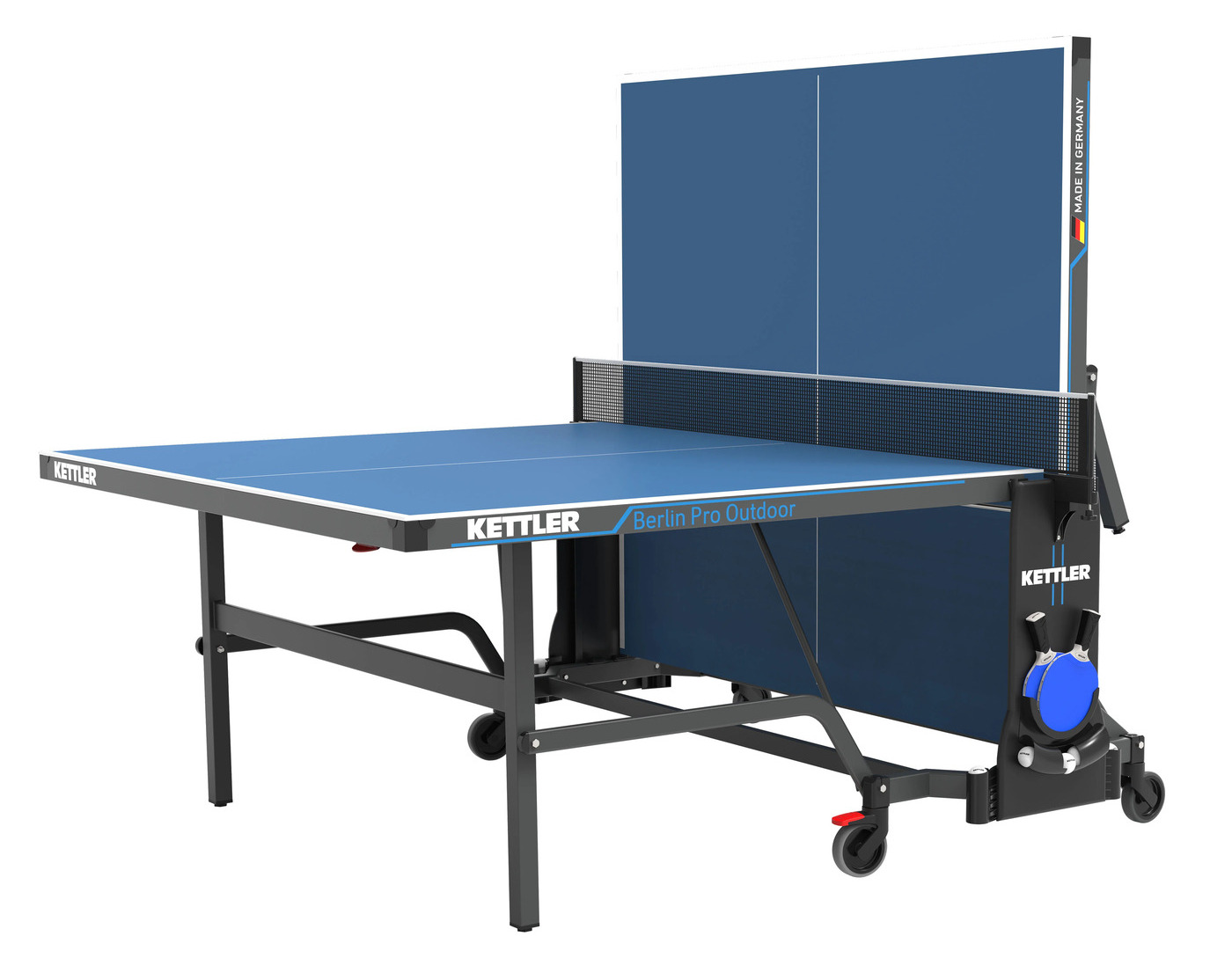
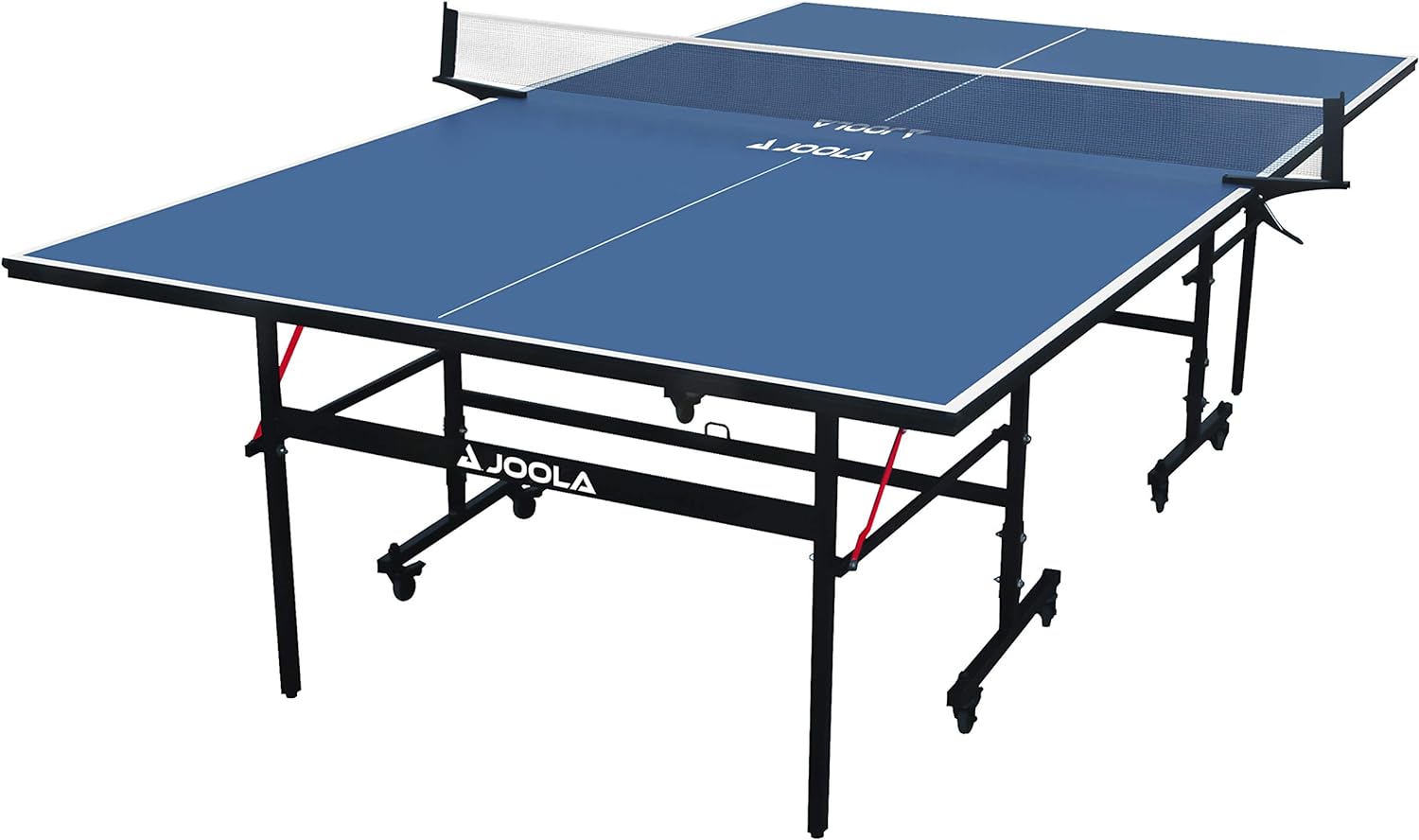
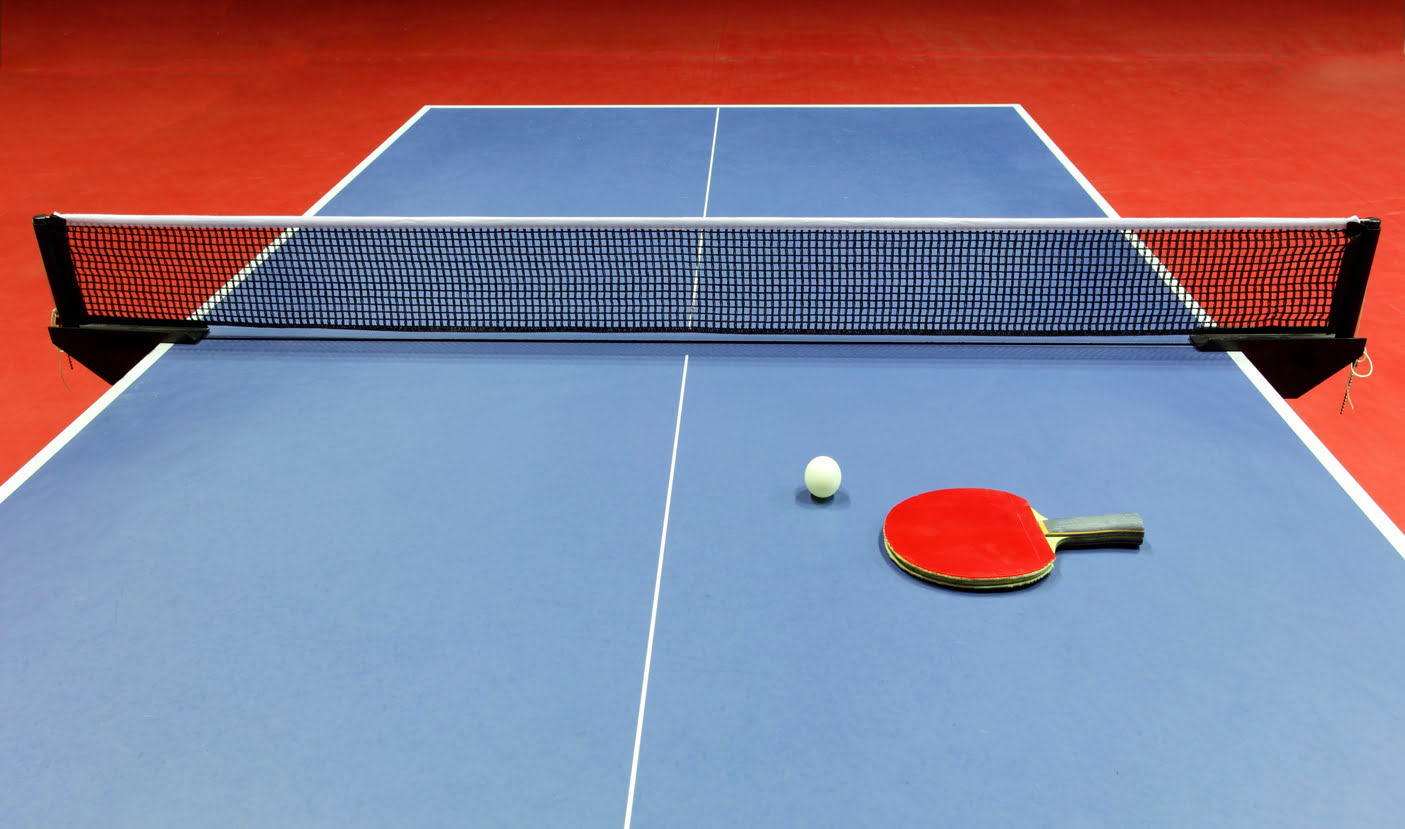
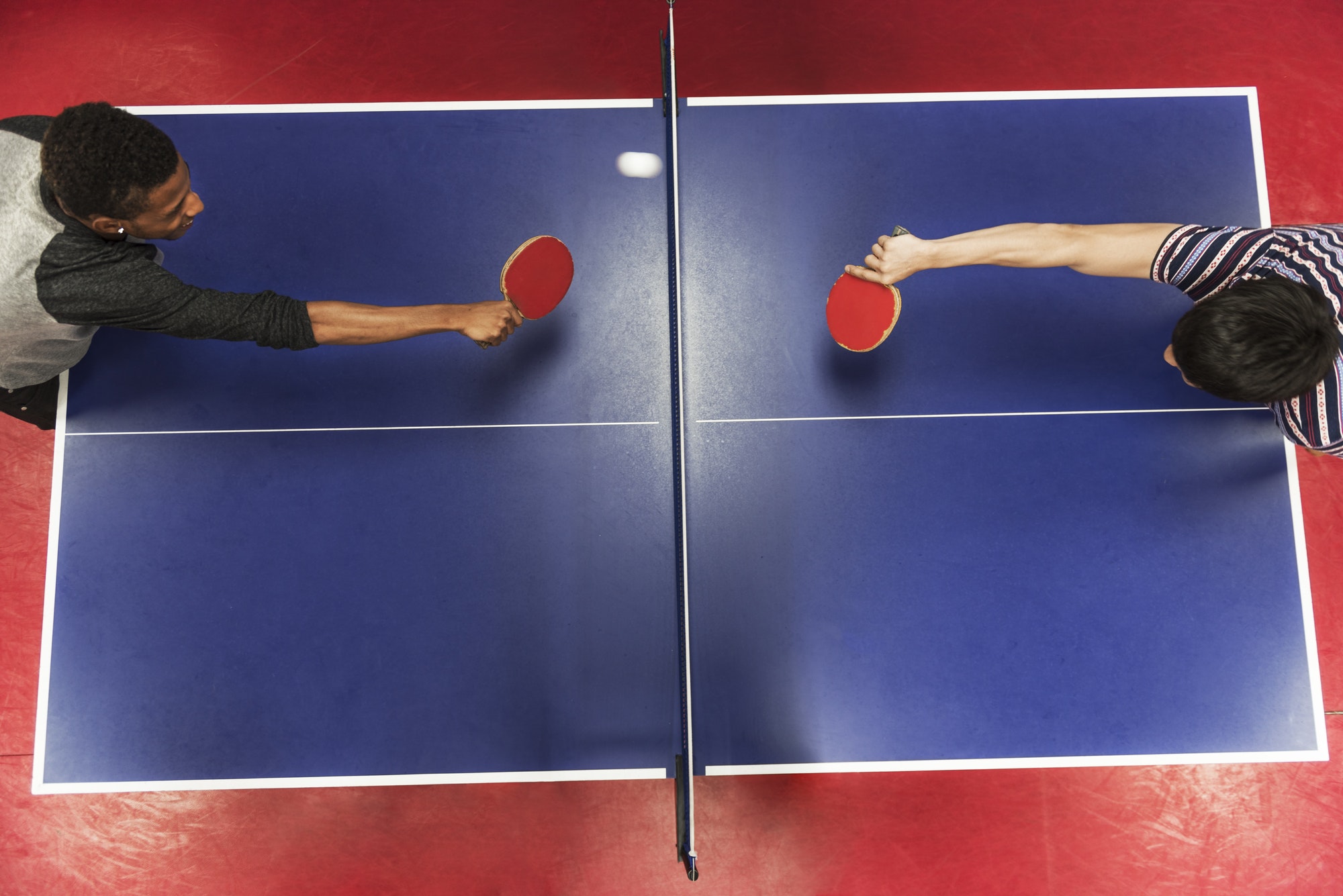
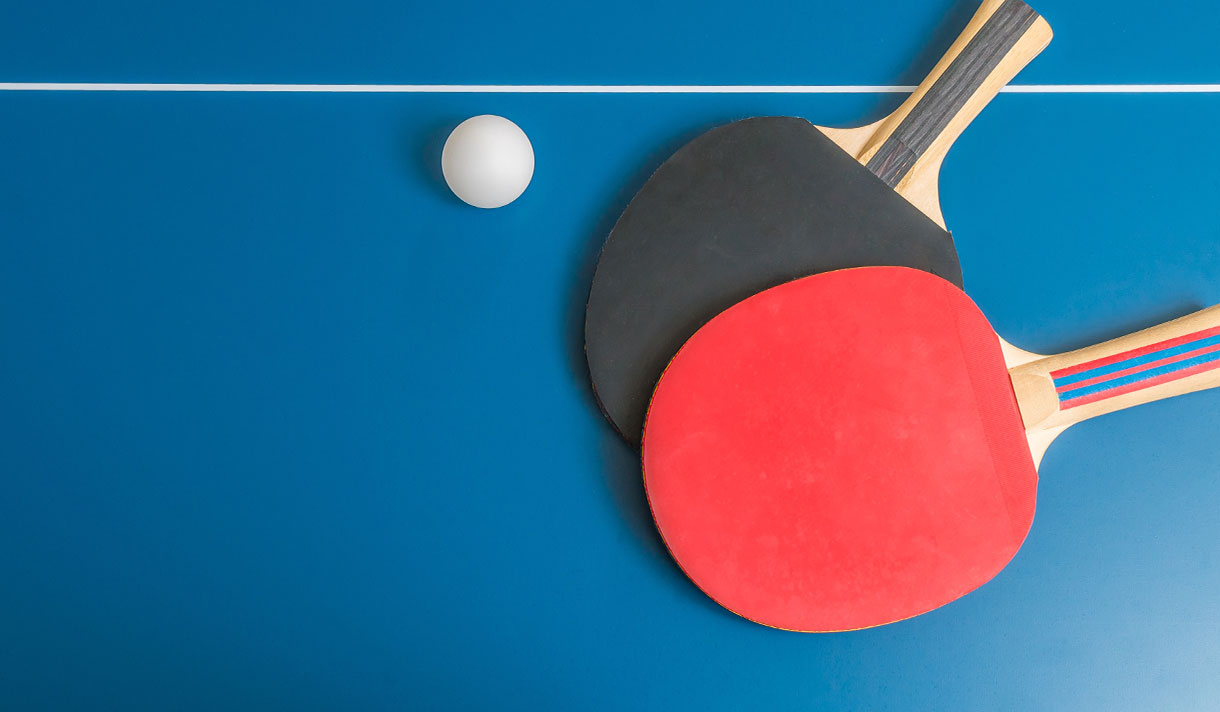
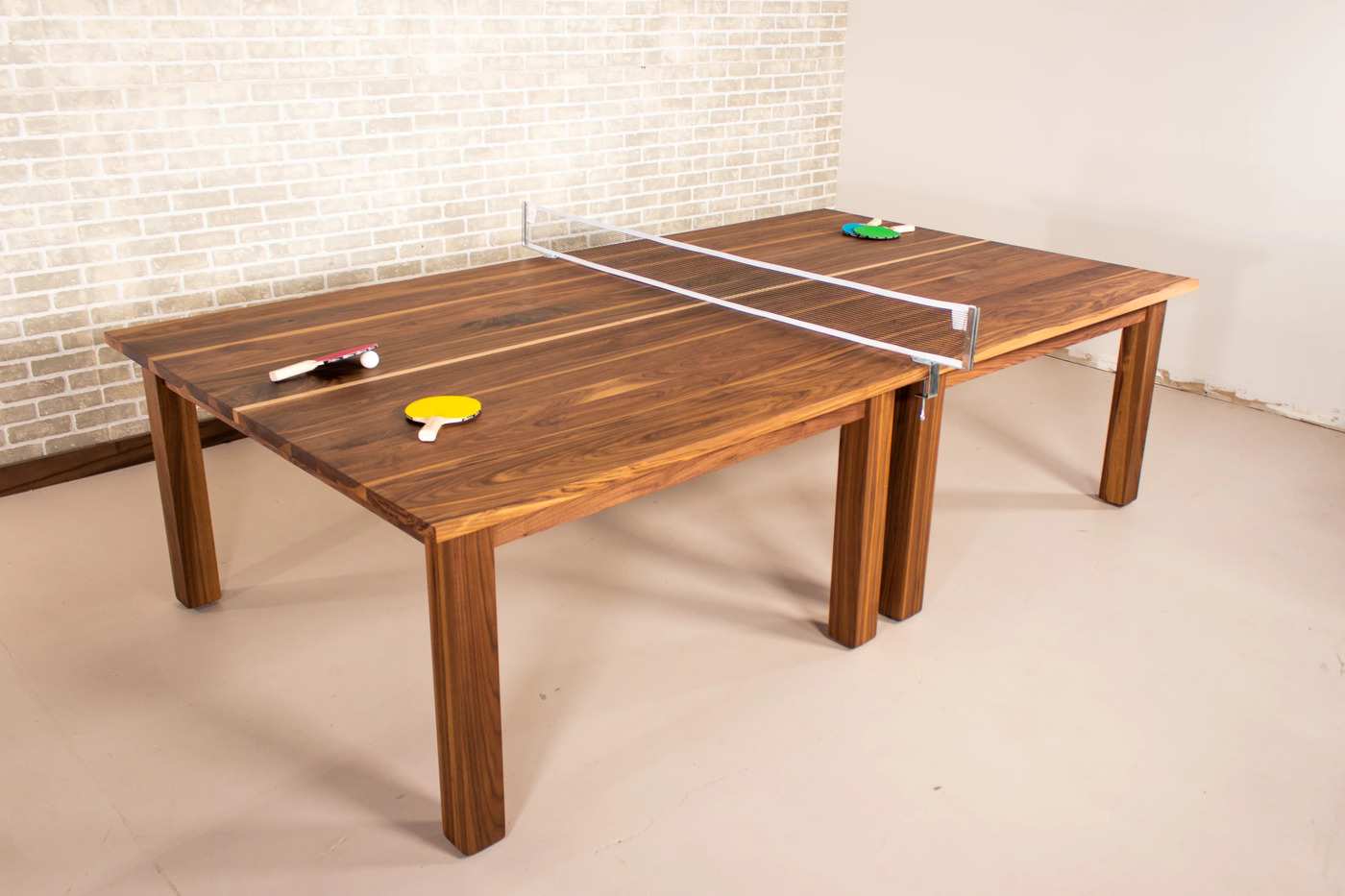
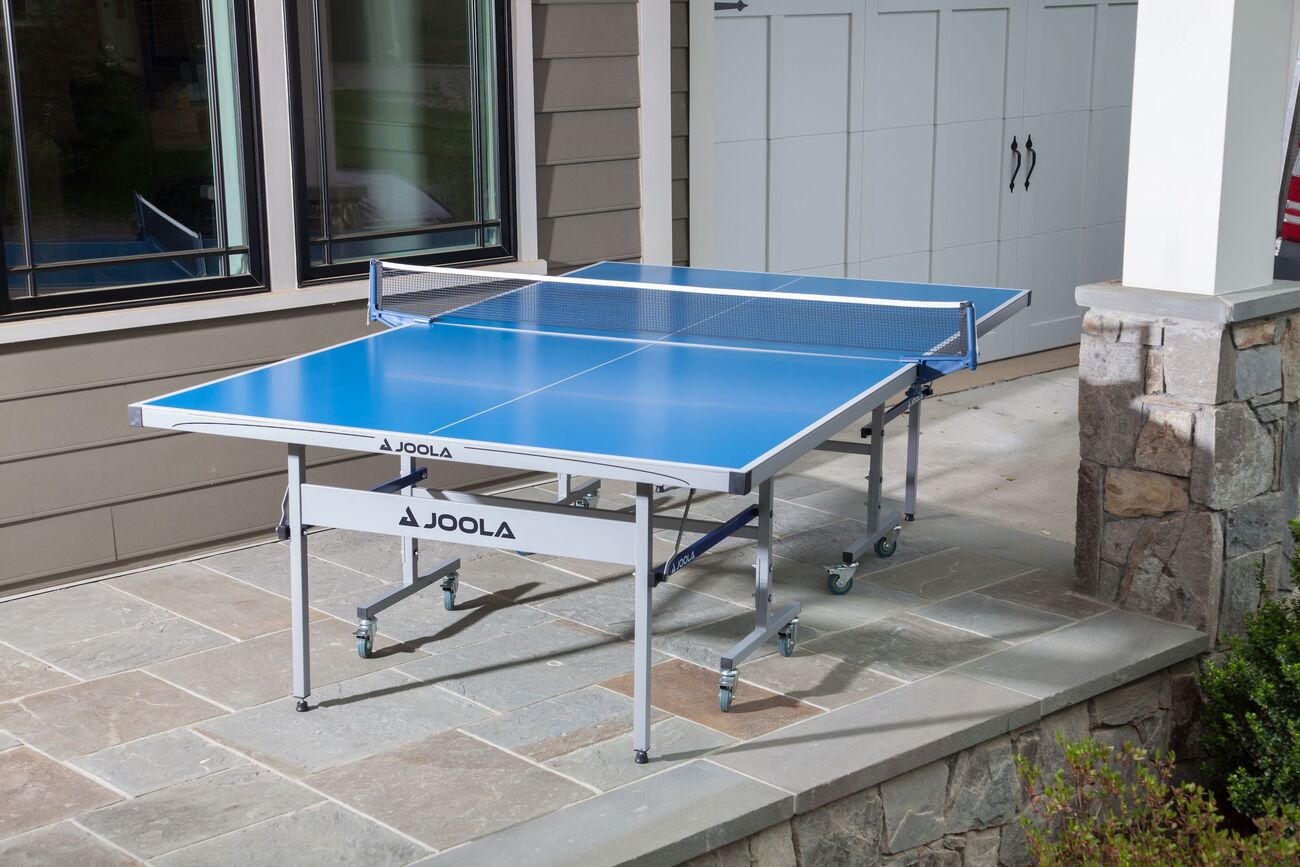
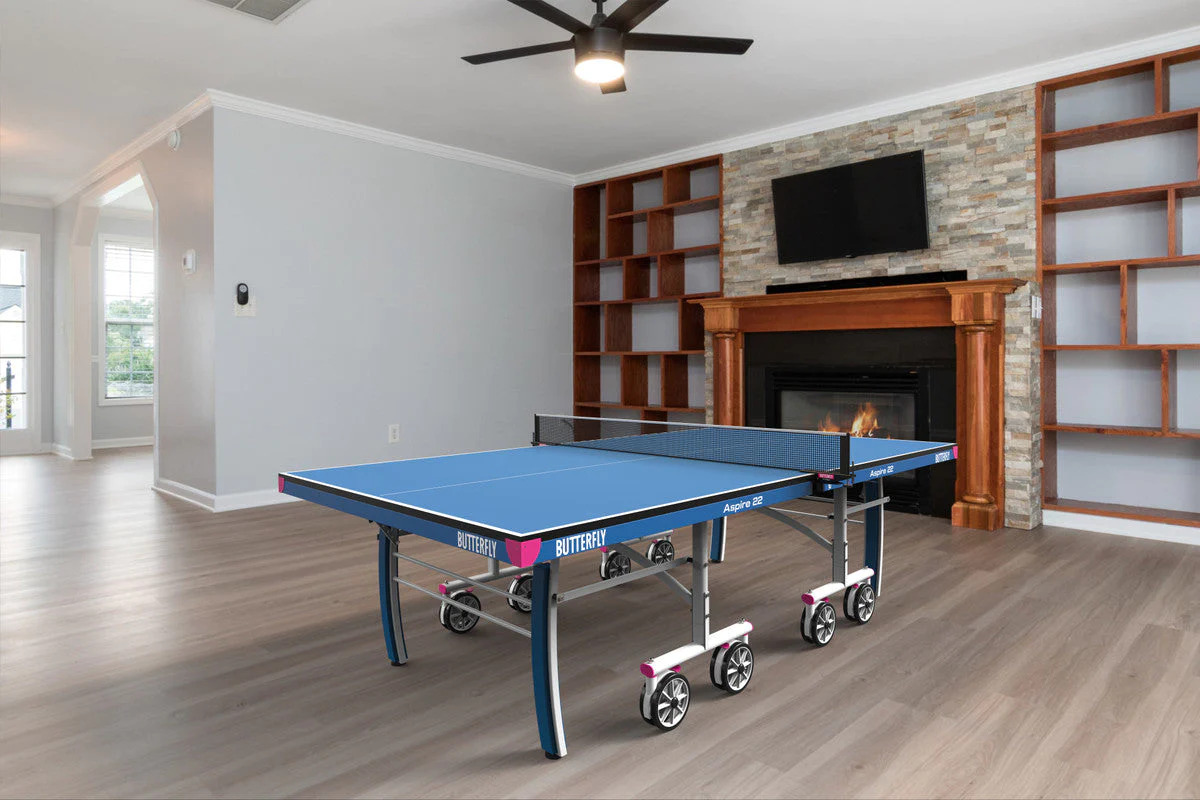
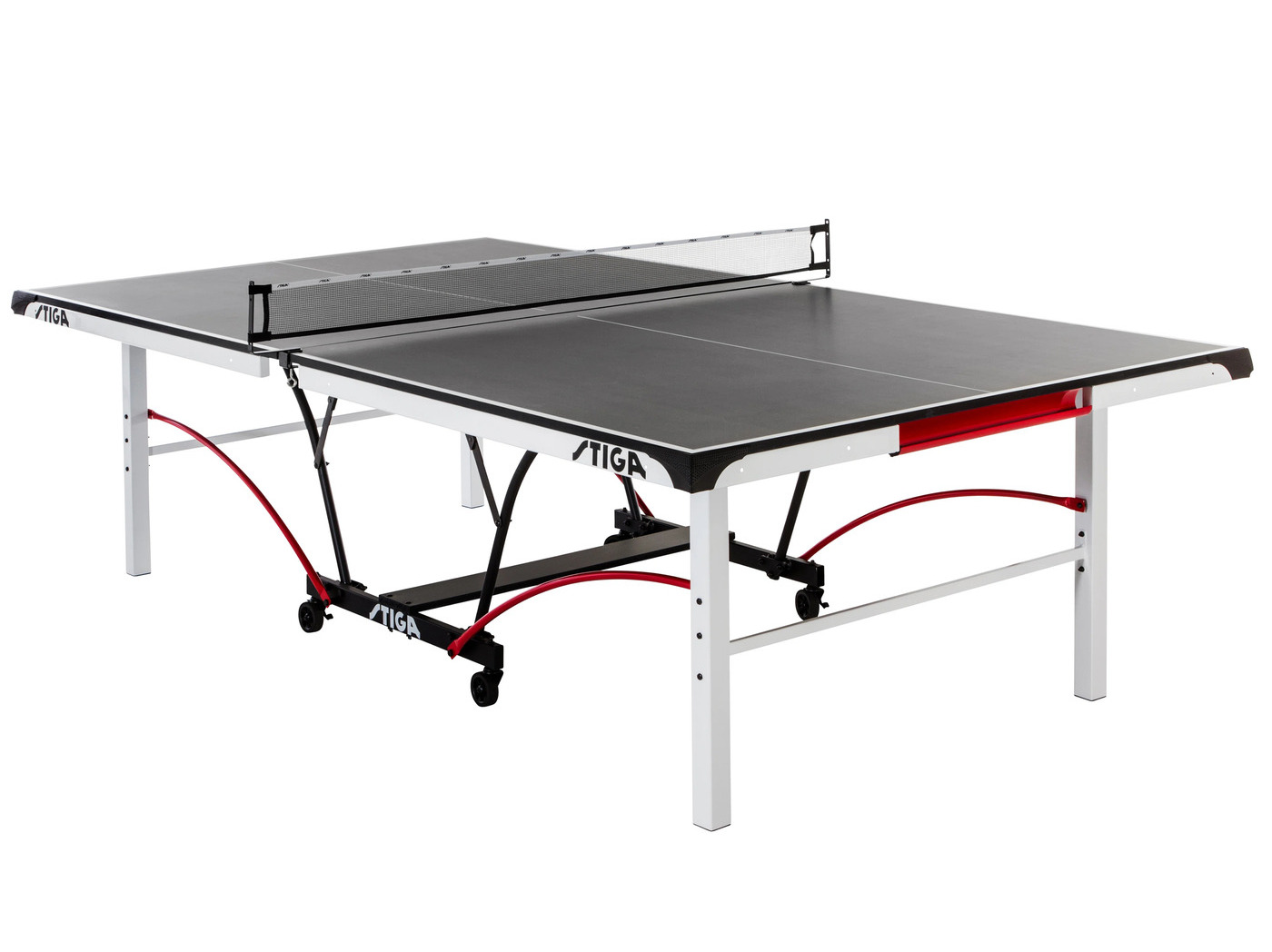
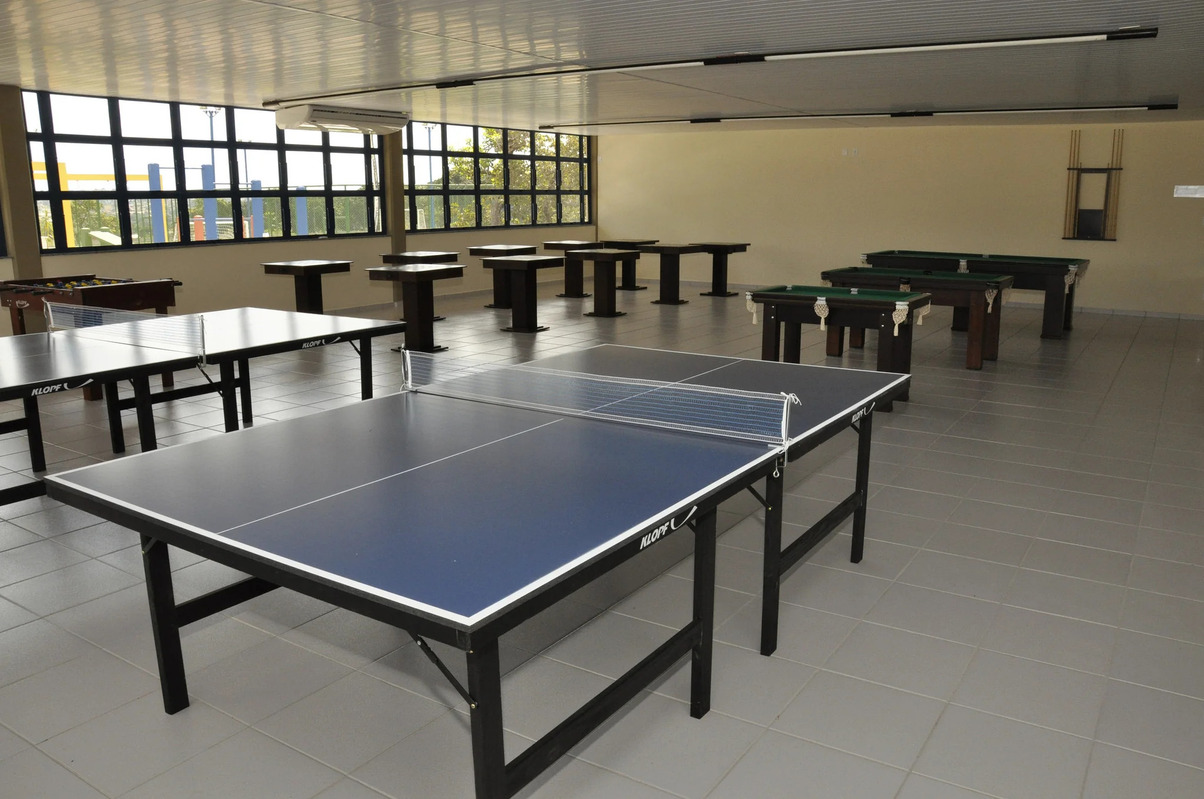
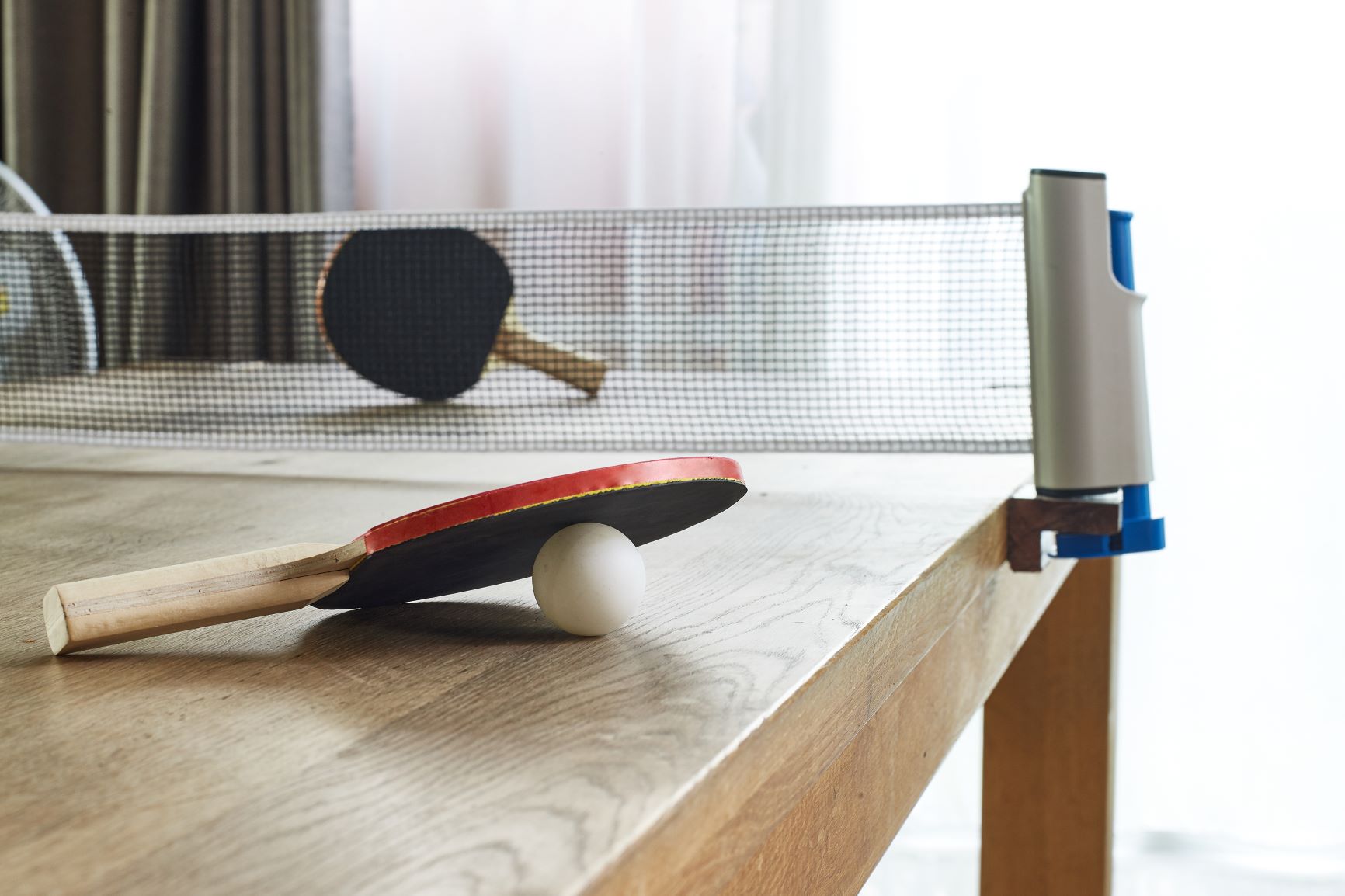
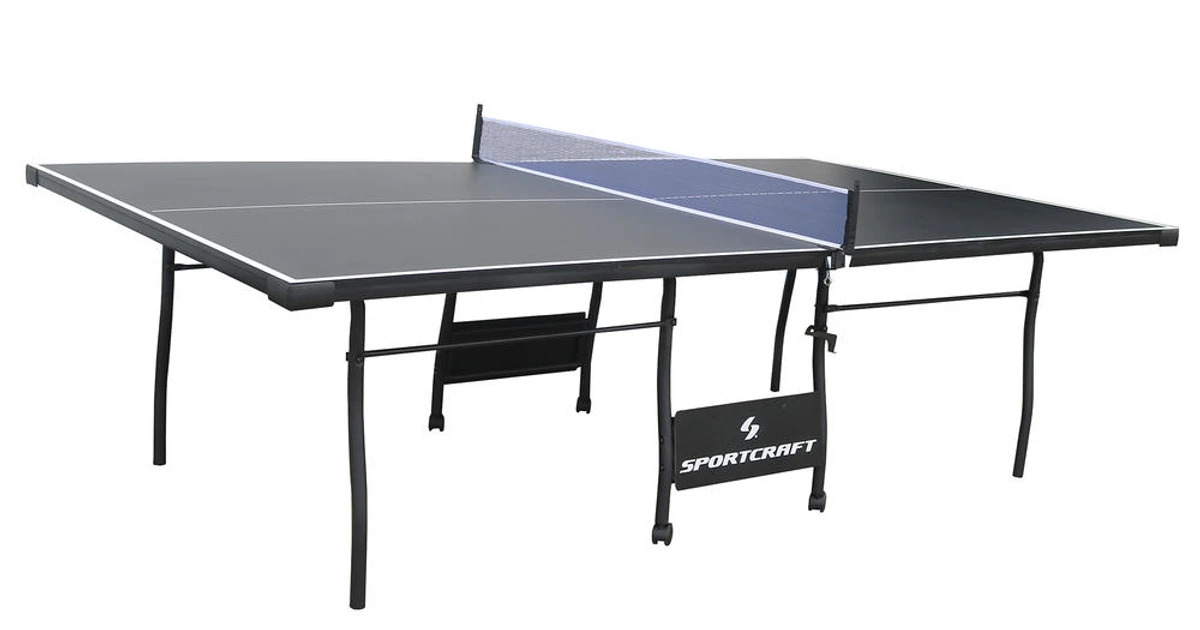
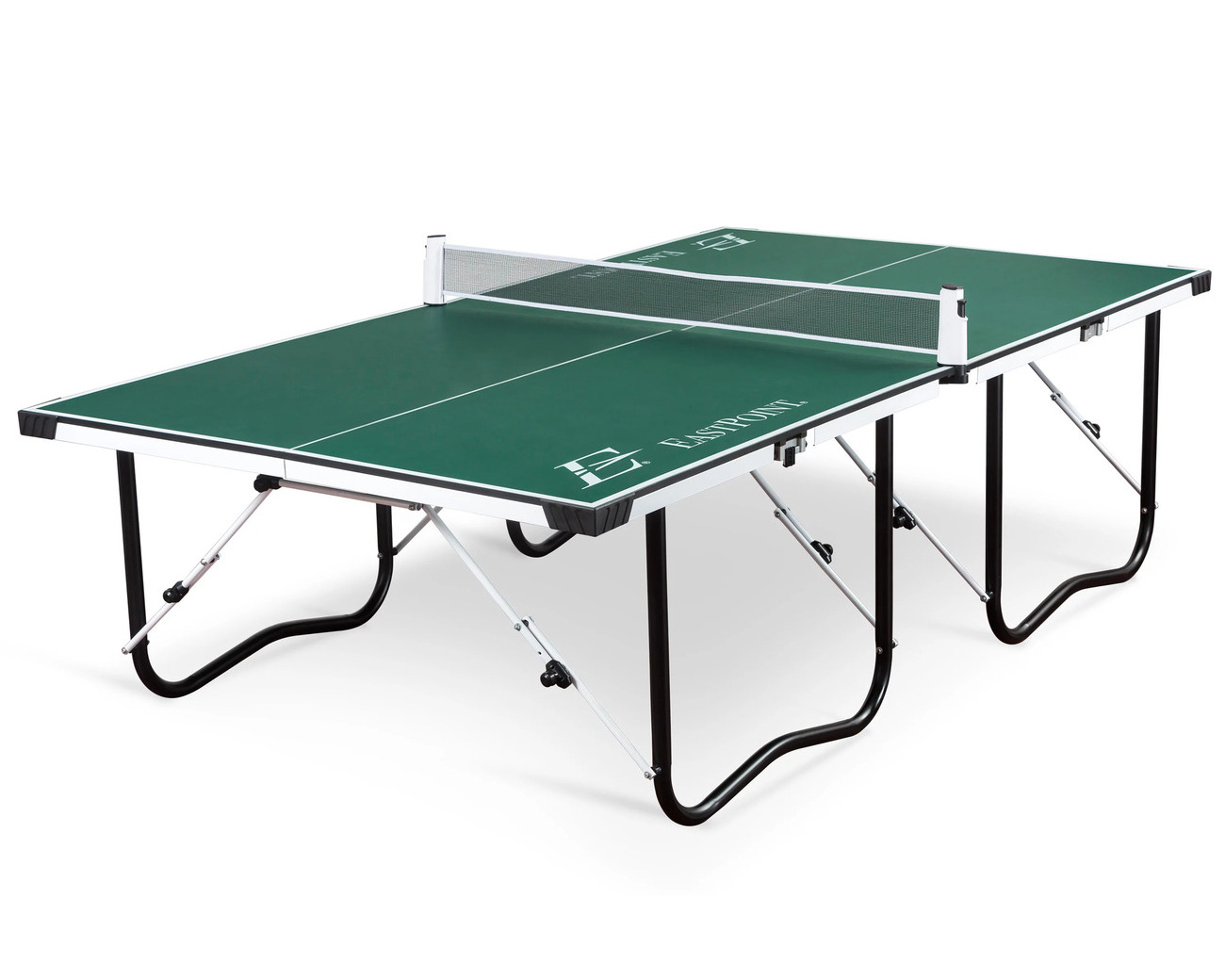
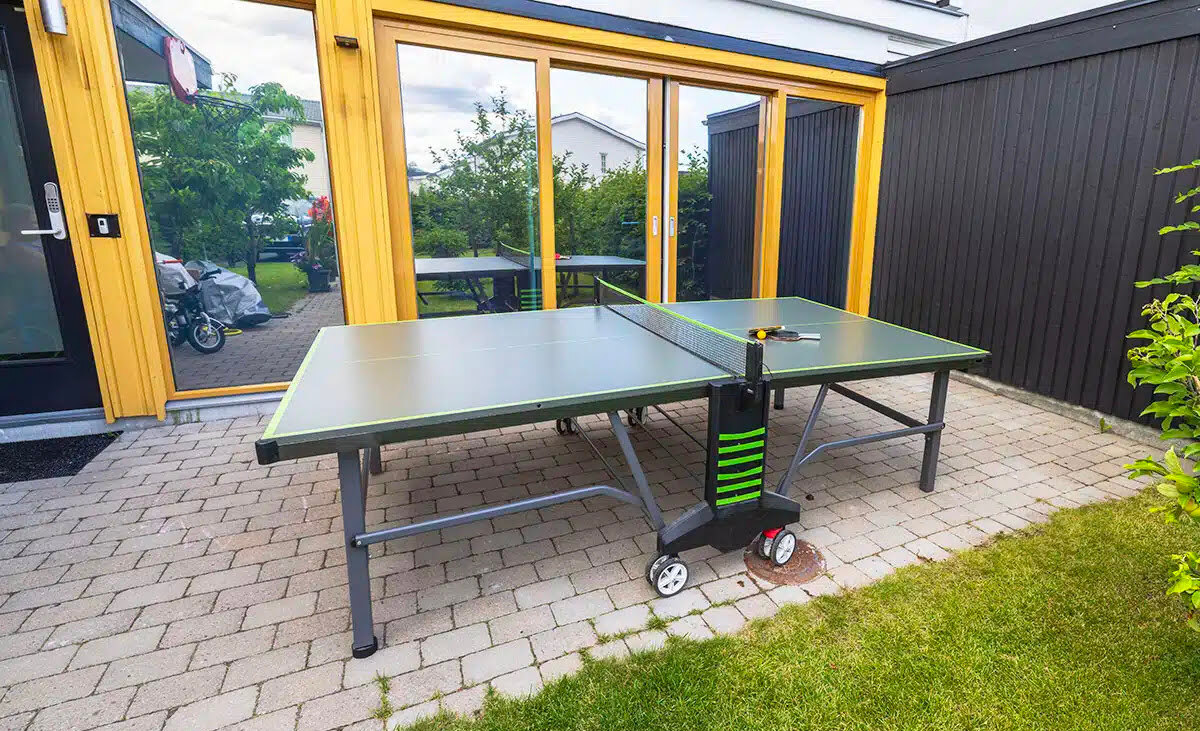
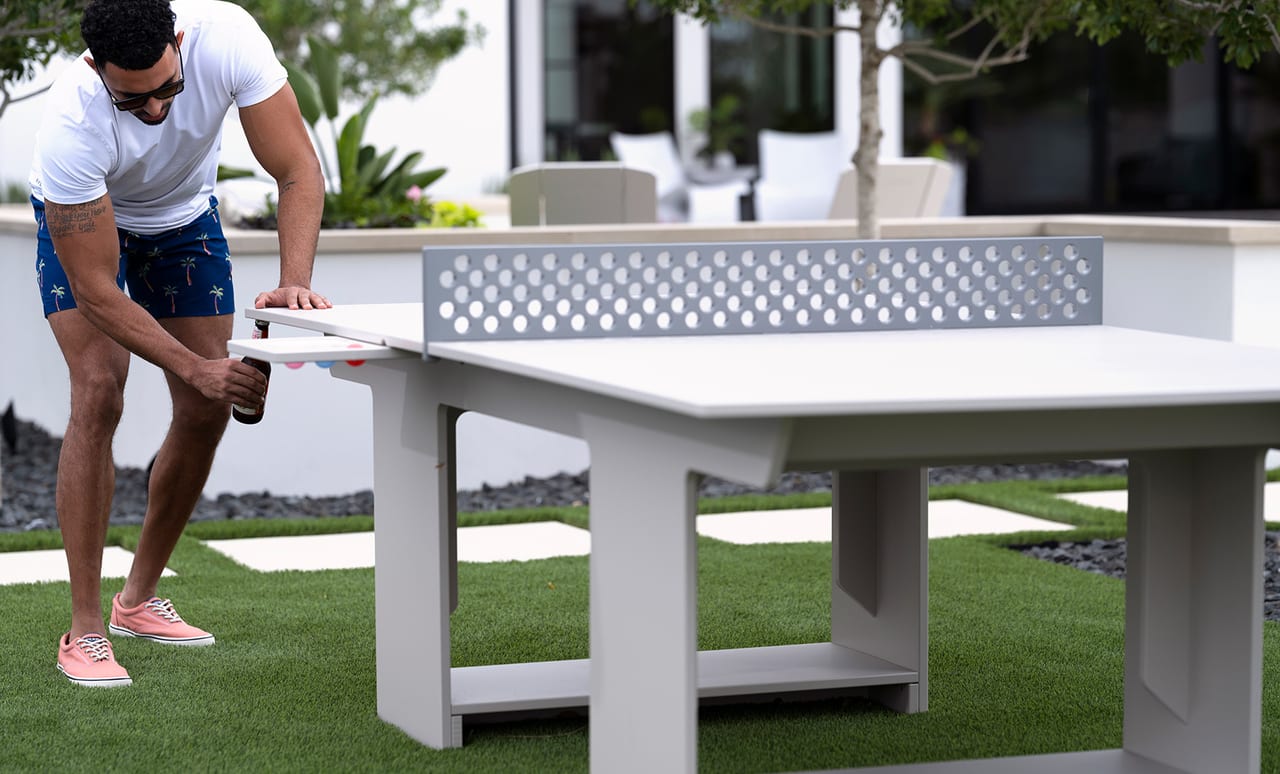

0 thoughts on “How Thick Should A Ping Pong Table Be?”